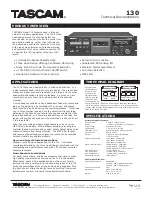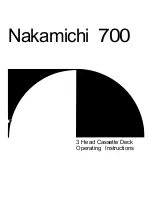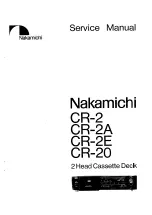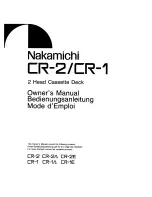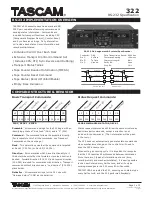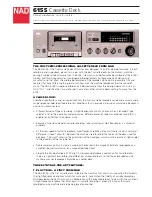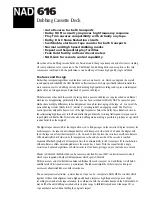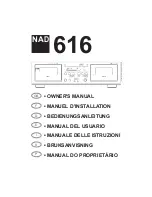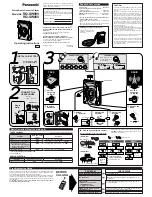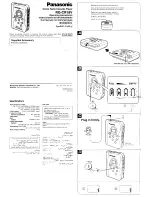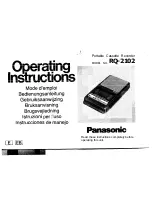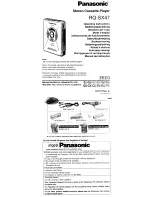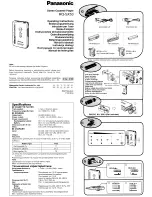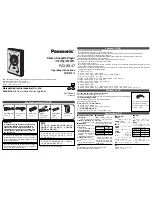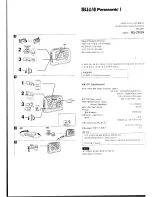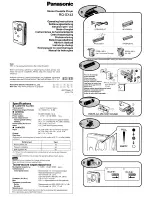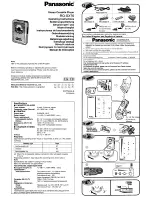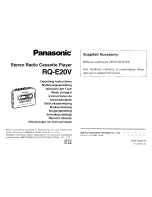
Service
Manual
GENERAL
Type:
Power source:
Power consumption:
Speaker:
Power output:
Semiconductors:
Dimentions:
Weight:
Input terminals:
terminals:
Auto Program Search System
MODEL
GF-9292X
Portable stereophonic cassette tape
recorder with built-in
FM
radio
AC
Hz
DC 15V (Ten
, R20, “D”
size batteries or External DC supply)
35
16 cm (Woofer) 2,
5 cm (Tweeter) 2
(Integrated Circuit),
and
Emitting Diode)
6.5 kg (14.3
(without batteries)
1 E X T .
6 0 0 o h m s
2 Mixing mic. 600 ohms
3 Remote control
4 EXT. DC power
AC input power
6
DIN socket, 2.5
ohms (SO1 01)
7 FM EXT. antenna
8 PHONO
1 EXT. speaker, 4
8 ohms
2 PHONES, 8 25 ohms
3
DIN socket,
ohms
4 Line out, 0.7
ohms
TAPE RECORDER SECTION
Type:
stereo cassette tape recorder
Tape:
Philips type compact cassette tape
Tape speed:
4.8
Recording system:
AC bias
Erasing system:
AC erasing
Recording time:
60 minutes (with C-60 tape)
Fast forward or
rewind time:
sec. (with C-60 tape)
Frequency response: 40
15,000 Hz
tape)
40 12,000 Hz (Normal tape)
Wow and flutter:
0.09%
MS)
SIN ratio:
50
RADIO SECTION
Frequency range:
AM
525 1,605
SW,
2.3 7.3 MHz
7.3 22 MHz
FM
87.6
MHz
Intermediate
frequency:
455
FM
MHz
superheterodyne system
AM/SW, ferrite core bar antenna
SW,
telescopic antenna
FM EXT. antenna
Circuit system:
Antenna:






